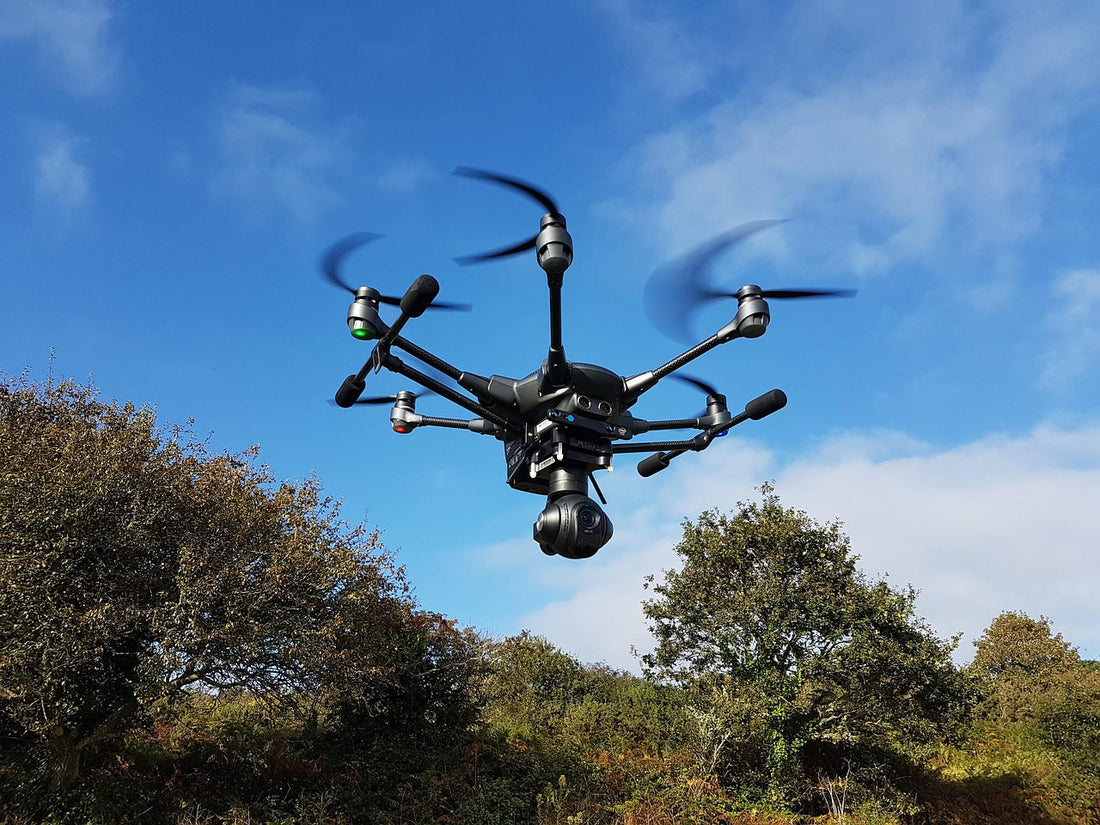The Evolution of Security Technology
Security technology has undergone a revolutionary transformation over the past decade. Traditional surveillance methods, once reliant on stationary cameras and human monitoring, are now being replaced by cutting-edge artificial intelligence (AI), autonomous drones, and smart surveillance systems. These advancements are not just enhancing security but redefining how threats are detected, analyzed, and neutralized in real time.
How AI is Enhancing Surveillance
1. Real-Time Threat Detection
AI-powered surveillance systems utilize advanced algorithms and machine learning to detect unusual behaviors, unauthorized access, and potential threats in real-time. Unlike traditional CCTV systems that rely on human oversight, AI surveillance can automatically flag suspicious activity and notify security teams instantly.
2. Facial Recognition & Access Control
Facial recognition technology has become a game-changer in security. AI-driven systems can identify individuals, verify identities, and even detect persons of interest within seconds. These capabilities are crucial for high-security areas like corporate headquarters, government facilities, and critical infrastructure sites.
3. Predictive Analytics for Proactive Security
AI doesn’t just react to security breaches; it helps prevent them. Through predictive analytics, AI can analyze vast amounts of data to forecast potential security risks before they happen. By identifying patterns in criminal activities or potential vulnerabilities, organizations can take proactive measures to mitigate threats.
The Role of Drones in Modern Security
1. Aerial Surveillance & Rapid Response
Drones equipped with high-definition cameras, infrared sensors, and AI-driven analytics provide unparalleled surveillance capabilities. Unlike fixed security cameras, drones offer mobility, covering large areas quickly and efficiently. They can patrol perimeters, monitor crowds, and provide real-time footage to security teams.
2. Automated Patrols & Perimeter Security
Autonomous drones can be programmed to conduct routine patrols, reducing the need for on-the-ground security personnel. These drones can be deployed in hazardous areas, construction sites, or remote locations where human access is challenging.
3. Emergency Situations & Search Missions
In the event of a security breach, drones can respond instantly, providing real-time aerial views of the situation. They can also be used in search-and-rescue missions, disaster response, and law enforcement operations, improving efficiency and safety.
The Rise of Smart Surveillance Systems
1. IoT-Integrated Security Solutions
Smart surveillance systems leverage the Internet of Things (IoT) to connect cameras, sensors, and AI-driven software into a seamless security network. These interconnected systems provide centralized monitoring, ensuring that all security components work together in real time.
2. Cloud-Based Security Management
Cloud-based surveillance allows security teams to access live footage, receive alerts, and manage security operations remotely. This flexibility is invaluable for businesses, residential communities, and law enforcement agencies looking to enhance their security infrastructure.
3. Automated Incident Reporting & Data Analysis
AI-integrated smart surveillance systems can generate automated reports, analyze security footage, and provide actionable insights. This reduces the workload for security teams while ensuring efficient and accurate threat assessment.
The Future of Security: What’s Next?
As AI, drones, and smart surveillance continue to evolve, we can expect even more sophisticated security solutions in the future. The integration of 5G connectivity will enhance real-time data transmission, while advancements in AI will make threat detection more accurate than ever. Additionally, ethical considerations surrounding AI surveillance, data privacy, and regulatory compliance will play a crucial role in shaping the future of security technology.

